Modern Art
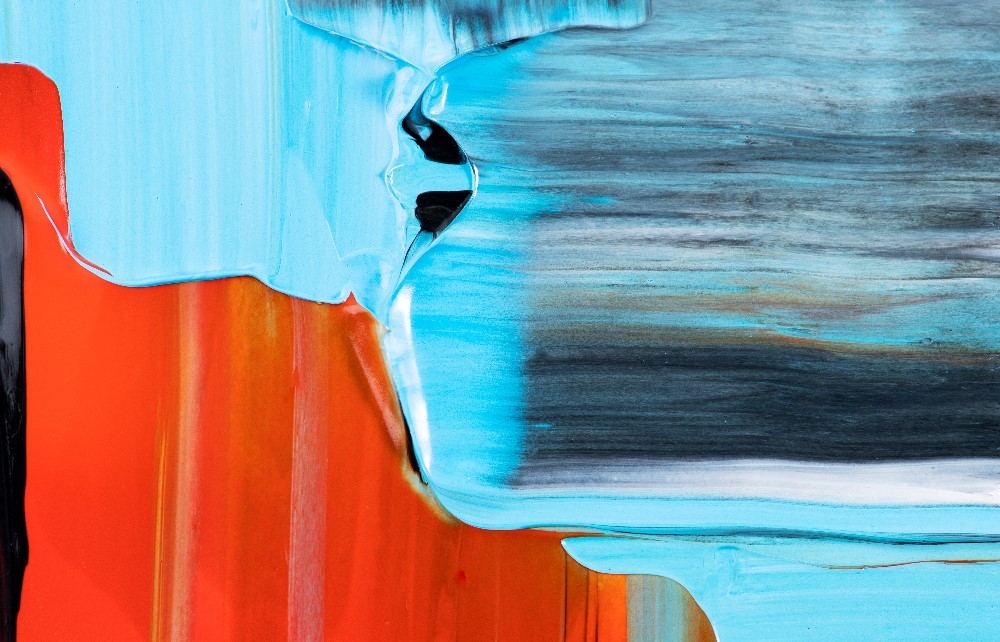
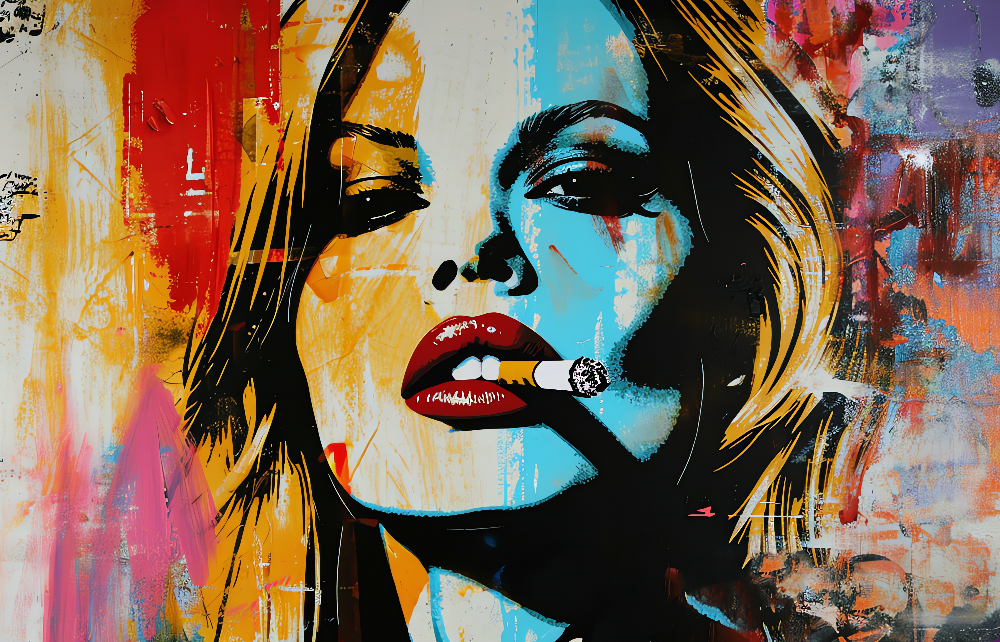
Pop Art
Real Art
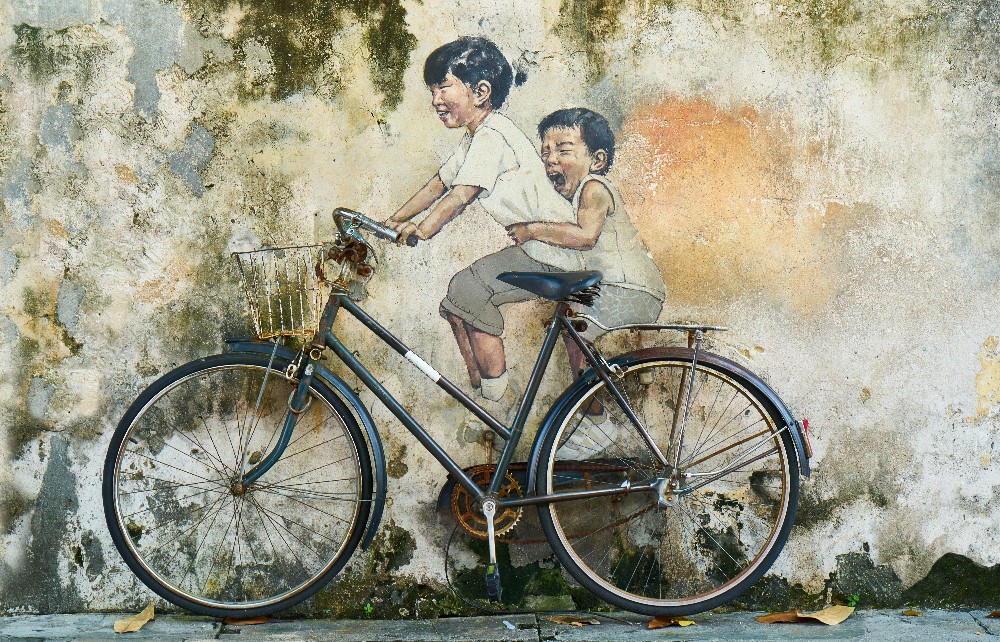
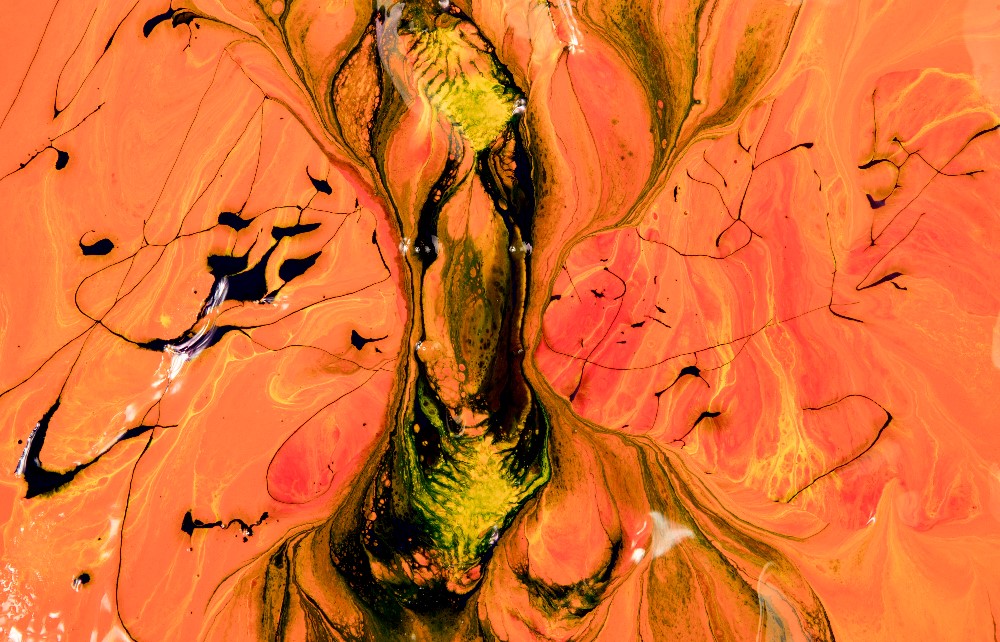
Abstract Art
Water Color
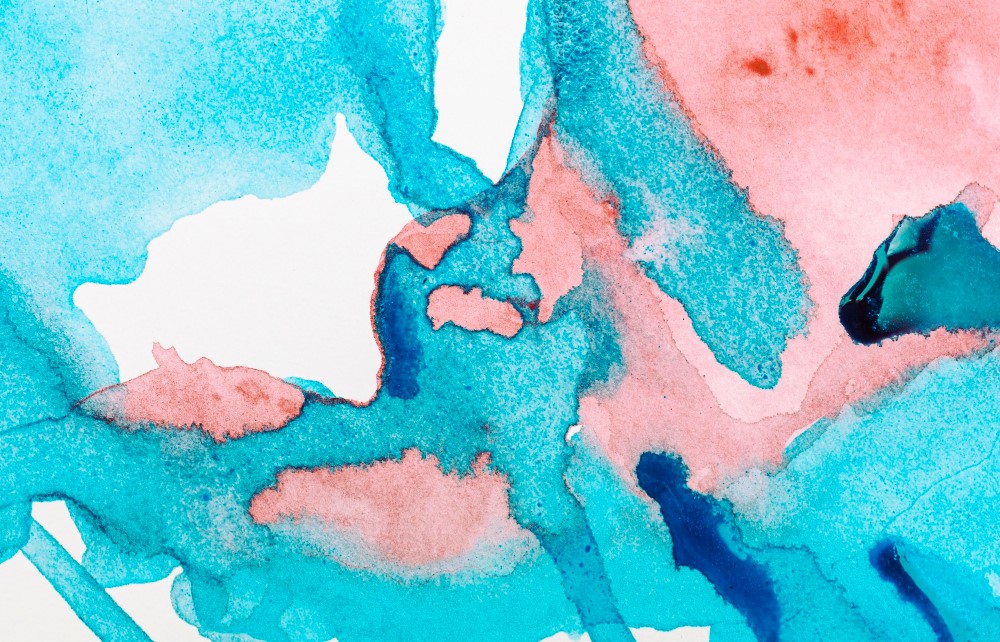
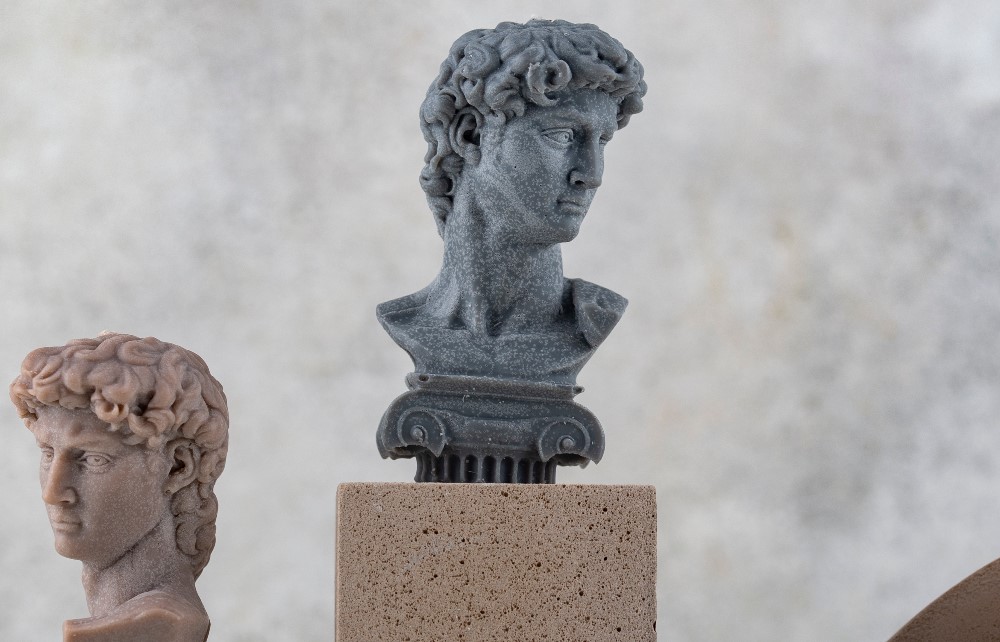
Sculpture
Mixed Media
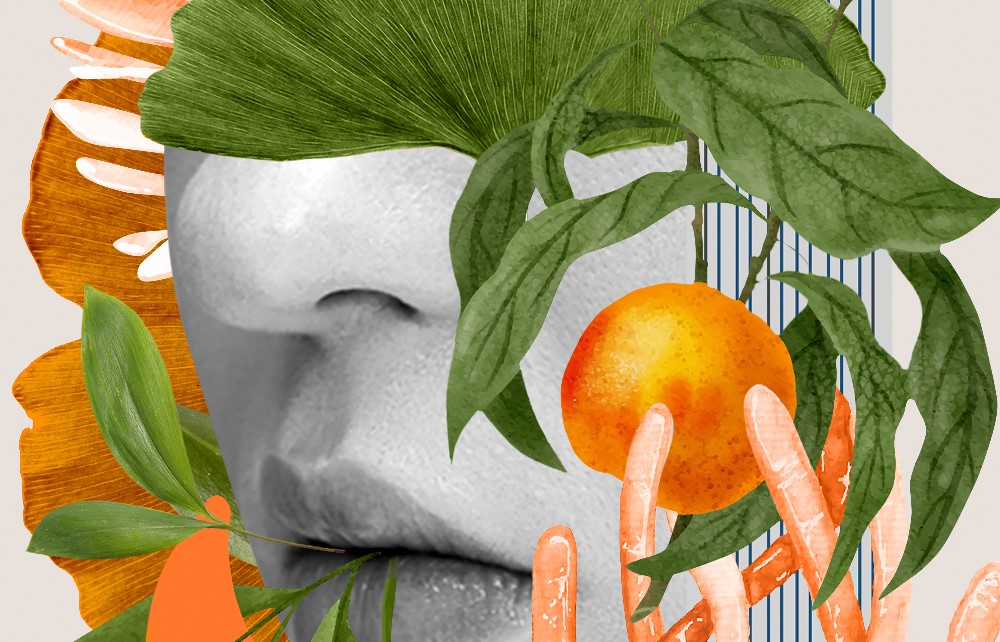

Drawing
Μοdern Art
Modern art mainly refers to the artistic production observed from the end of the 19th century until about 1970. Many times the term modern art is also used, but it indicates more the most recent artistic production. Modern art is characterized by a new approach to the arts, such that the exact representation of objects (e.g. in painting or sculpture) is no longer of primary importance, but the experimentation with new and original ways of depicting them, often deconstructing the object or projecting it subtractively. According to one valid version, the "modern" it is the "fragmentary", i.e. the artistic tendency to divide the object into parts and to reconstitute the parts into a new (different) visual aesthetic[1] (Evangelos Andreou). The concept of modern art is often identified with the term Modernism.
Pop Art
Pop art drew its inspiration from the images of consumer society and popular culture. Comic strips, advertisements, manufactured goods, but also photographs of popular figures made up the movement characterized by the painter Richard Hamilton as “popular, temporary, cheap, industrial, young, witty, sexy, swimwear, glamorous and Big Business”. The main characteristics of Pop Art aesthetics were spontaneity, creative exaggeration, lightheartedness, satire, strong color contrasts and, in general, the rejection of the traditional. Pop Art served the so-called mass culture and was associated with a type of commercial art aimed at a wide audience. It is no coincidence that during the same period, Pop music experienced a great rise in Great Britain, which is often considered aesthetically related to Pop Art. Unlike many earlier movements in modern art, Pop Art displayed an indifference to difficult, obscure, or more cerebral subjects, which for the artists of the movement were considered products of an elitist mood. Paintings with representations of well-known soft drink tin cans, Elvis Presley and Marilyn Monroe or even themes borrowed from American comics and advertising are a typical example of Pop Art aesthetics
Real Art
Realism in the arts is an attempt to depict a subject with real characteristics without artificial or artistic interventions that may include the elements of the improbable or unreal. Realism as a movement and style must be distinguished from the term “realism” which describes the accurate, detailed and specific representation in art of the visual appearance of landscapes or objects. Realism in its most recent sense is also called naturalism or imitation and avoids any kind of sophistication. Nevertheless, this “realism” is often used to depict, for example, angels with wings, something that does not come from a real stimulus for the artist.
Abstract Art
By abstract art we refer to a modern movement in the visual arts whereby any reference to external physical reality is excluded. Alternatively, we can define non-representative and non-objective art as abstract. The founder of abstract art is Wassily Kandinsky. Historically, the development of photography is considered to have played an important role in the formation of an abstract perception around the artistic work, as it made the faithful copying of objects unnecessary in the rest of the visual arts. In the early 20th century the term was primarily used to refer to works of Cubism and Futurism, which sought to describe reality, not through imitation or faithful representation of its external features, but in an unconventional and abstract way through its immutable inherent properties.
Water Colour
The term watercolor, or its international equivalent watercolor, (from the Italian language), refers to a specific type of painting in which ground colors, also called watercolors, are dissolved in water and mixed with a small amount of fixing material, which used to be the gum arabic. This technique became particularly popular among the landscape painters of the 18th century, but the master Albrecht Dürer already applied it in the 15th century. In some of his works, he used watercolor to spread color over shapes he had already created in ink, while in others he handled it more freely. Watercolors are almost always done on some durable paper. Unlike oil paints, watercolors do not offer an overlay of one color over another because they are quite transparent. This practically means that a dark color cannot be covered with another lighter one. Usually, therefore, when painting a watercolor the artist starts with the lighter shades and gradually progresses to the darker ones
Sculpture
Sculpture is the art of artistic creation – expression, performed through the creation of three-dimensional forms in any medium. The materials used are various: hard, such as stone, marble, metals or wood, or softer, such as clay or various plastics (in modern sculpture). It is even possible to combine different materials. The first stage is finding the objects to be presented by the sculptors. The selected materials are then processed using various techniques, subtractive such as carving, or additive such as welding. There are still techniques that modify the hardness of the materials used. When the sculpture or relief is finished, its surface can be further decorated using painting. Finally, a collection of sculptures, sometimes placed in “sculpture gardens”. Sculpture in stone survives much longer than works of art in other materials, and often represents the majority of surviving works (other than ceramics) from ancient cultures. However, most ancient sculptures were painted with bright colors, which have been lost.
Mixed Media
By definition it is the artistic process in which more than one technique is used. In a few words, it is the type that gives you the possibility of combining various materials, which through their composition produces a special and distinct effect. The history of this Mixed Media takes us back to the Byzantine era (330-1453), where artists are known to have used gold leaf in combination with paint, as well as various other materials to achieve the desired effect in their creation. The same is observed during the Renaissance period, during which oil painting and its combination with gold leaf developed quite a bit. However, the term Mixed Media can be traced back to the beginning of 1912 where artists began to redefine their views on their behavior towards art. The space of the project was no longer limited to the boundaries of the canvas, the use and mixing of different materials began to be more accepted, with the result that art was produced from anything and with any combination of techniques and media.
Drawing
A drawing is the representation of a thing or a structure with stationery on paper. With the advent of computers and their graphic capabilities, the concept has expanded to include electronic forms which, when printed, yield a design. Design can be simple and everyday or used in engineering and fine arts. Depending on its nature and purpose the drawing obeys appropriate rules so that whatever is drawn corresponds to a certain detail. In the drawing we can find representations of faces and landscapes but also free art with black pencil or charcoal as well as colored pencils.
